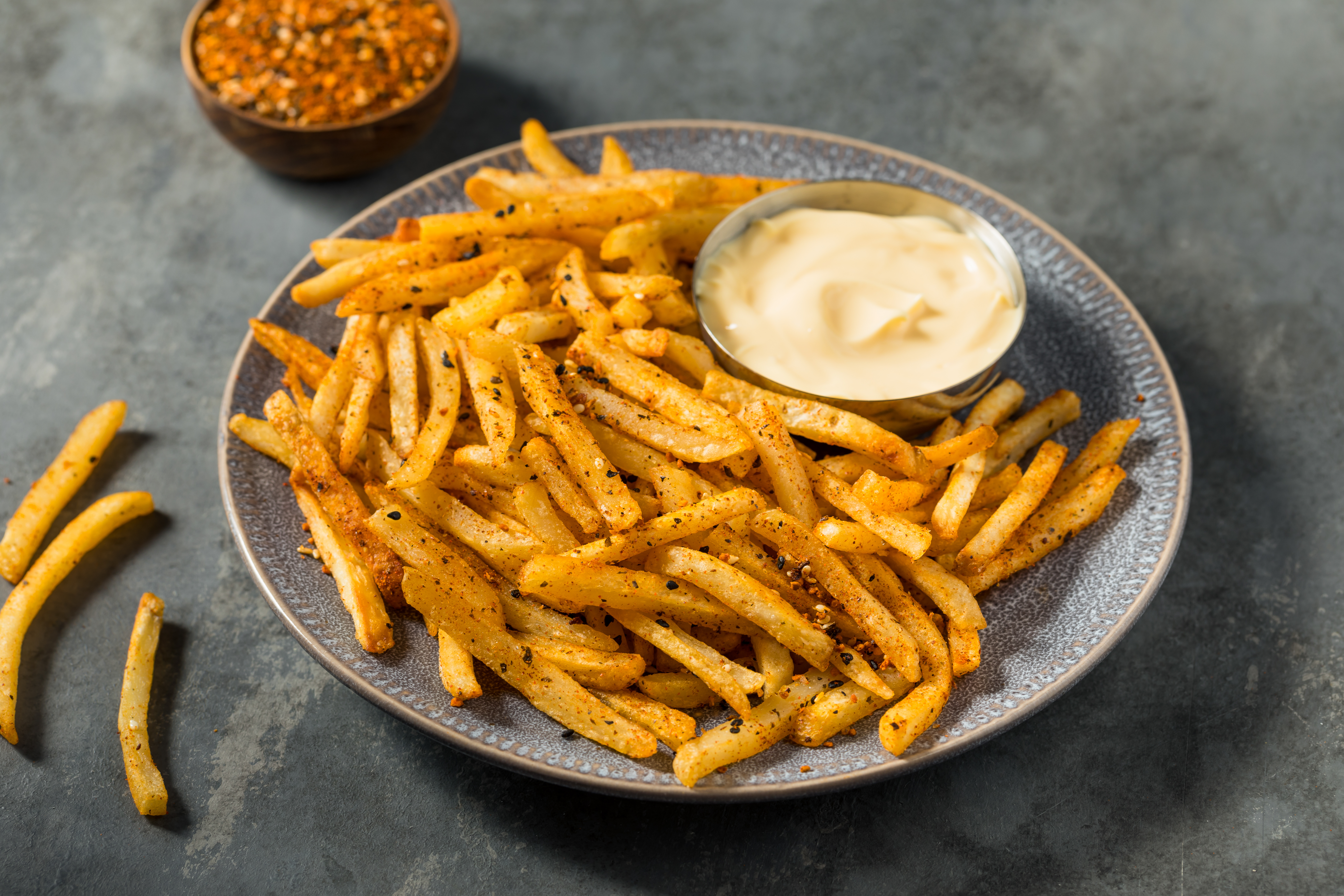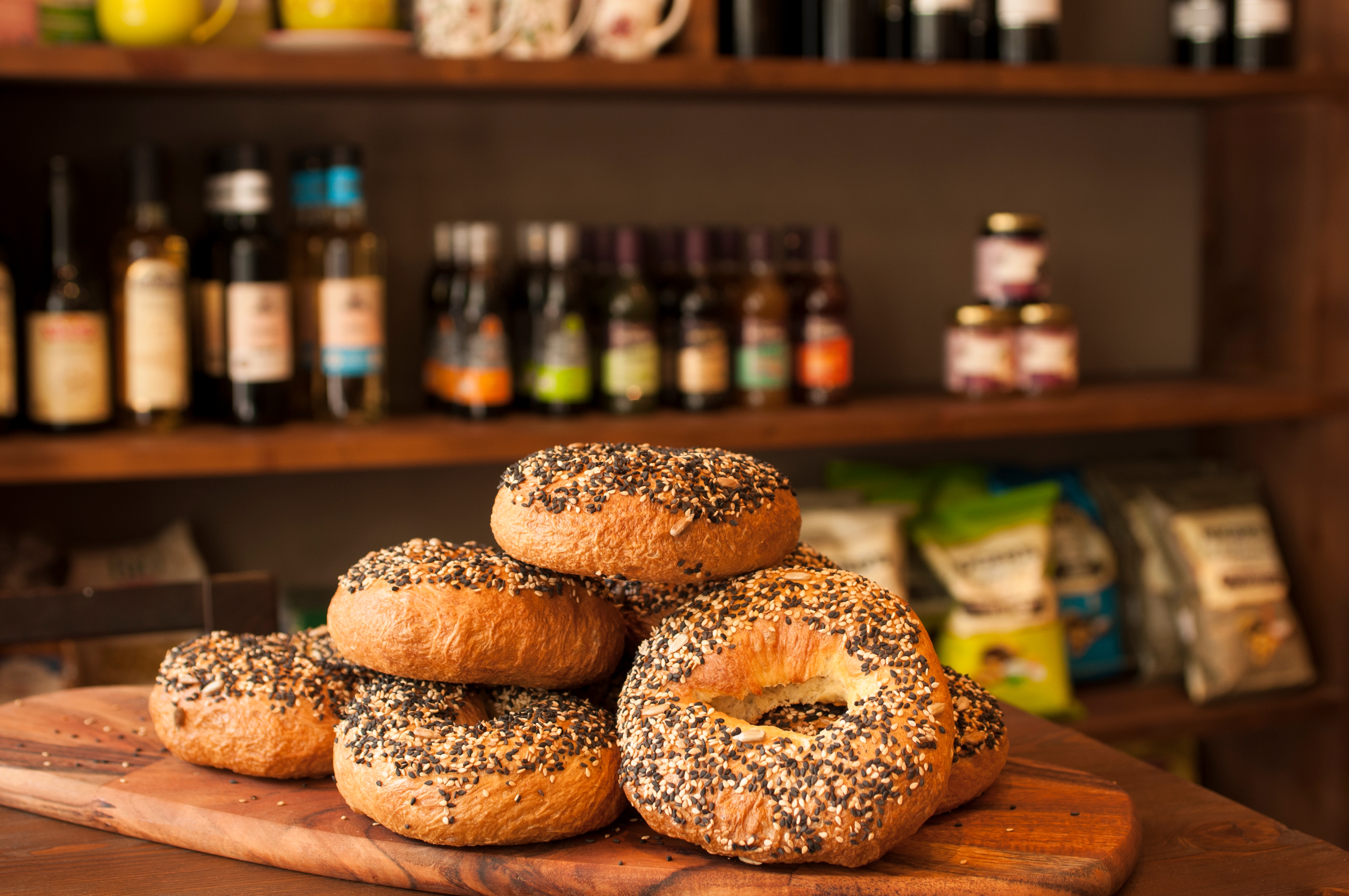11 Inflammation-Causing Habits You Should Avoid Like the Plague
Inflammation is a double-edged sword in the human body. On one hand, it's a natural defense mechanism that helps fight off infections and heal injuries. On the other, chronic inflammation can be a silent saboteur, slowly wreaking havoc on your health. The latter is linked to a host of diseases, including heart disease, diabetes, and cancer. While some causes of inflammation are well-known, such as smoking and obesity, others lurk in the shadows, quietly contributing to your body's internal chaos. This article aims to uncover 11 hidden inflammatory culprits that you might be unintentionally inviting into your life. By identifying and dodging these stealthy saboteurs, you can take significant steps toward a healthier, inflammation-free existence. As we delve into these hidden culprits, you'll gain insights into how everyday choices and environmental factors can impact your body's inflammatory response. Understanding these connections is key to making informed decisions that promote long-term health and well-being.
1. The Sugar Trap

Sugar is often referred to as a hidden enemy in many diets. While it adds sweetness to your favorite treats, it can also fuel inflammation in the body. High sugar intake, especially from processed foods and sugary beverages, can lead to increased production of inflammatory cytokines. These are proteins that signal inflammation, and their overproduction can contribute to chronic diseases. Moreover, sugar consumption can cause spikes in blood glucose levels, leading to insulin resistance, a precursor to diabetes and a known inflammatory condition. Reducing sugar intake is crucial, but it's not just about cutting out obvious sources like candy and soda. Hidden sugars lurk in many processed foods, including sauces, bread, and even savory snacks. Reading labels and choosing whole, unprocessed foods can help you sidestep this inflammatory trap. By being mindful of sugar's presence in your diet, you can significantly reduce its inflammatory impact and improve your overall health.
2. The Sneaky Role of Trans Fats

Trans fats are another hidden culprit that can contribute to inflammation. Found in many processed foods, these artificial fats are used to extend shelf life and improve texture. However, they can have detrimental effects on your health. Consuming trans fats can increase levels of LDL cholesterol (the bad kind) while reducing HDL cholesterol (the good kind), leading to inflammation and an increased risk of heart disease. These fats can also interfere with the body's ability to manage inflammation naturally. While many countries have taken steps to reduce or ban trans fats in food products, they can still be found in some baked goods, margarine, and fried foods. It's essential to read labels carefully and avoid products containing partially hydrogenated oils, the primary source of trans fats. By eliminating trans fats from your diet, you can reduce inflammation and protect your heart health, paving the way for a more vibrant life.
3. The Dairy Dilemma

Dairy products are a staple in many diets, but for some individuals, they can be a hidden source of inflammation. Lactose intolerance and dairy allergies are well-known issues, but even those without these conditions can experience inflammatory responses to dairy. This can be due to the presence of certain proteins, such as casein, which can trigger immune responses in sensitive individuals. Additionally, the high saturated fat content in full-fat dairy products can contribute to inflammation. For those who suspect dairy might be an inflammatory culprit, experimenting with dairy-free alternatives can be a valuable step. Plant-based milks, yogurts, and cheeses made from almonds, soy, or oats can provide similar nutritional benefits without the inflammatory effects. By being mindful of your body's reactions to dairy and considering alternatives, you can reduce inflammation and explore new dietary horizons.
4. The Gluten Enigma

Gluten, a protein found in wheat, barley, and rye, is another potential hidden inflammatory trigger. While celiac disease, an autoimmune disorder triggered by gluten, is relatively rare, non-celiac gluten sensitivity affects a significant portion of the population. For these individuals, consuming gluten can lead to inflammation and symptoms such as bloating, fatigue, and joint pain. The exact mechanism of gluten-induced inflammation is still being studied, but it is believed to involve an immune response that damages the intestinal lining. For those suspecting gluten as a culprit, a gluten-free diet can be a revelation. By eliminating gluten-containing foods and opting for naturally gluten-free grains like quinoa, rice, and corn, individuals can often see a reduction in inflammation and an improvement in overall well-being. Understanding your body's relationship with gluten can be a key step in managing inflammation and enhancing your quality of life.
5. The Nightshade Conundrum

Nightshade vegetables, including tomatoes, potatoes, eggplants, and peppers, are nutritious staples in many diets. However, for some individuals, these vegetables can be hidden sources of inflammation. Nightshades contain alkaloids, which can cause inflammation in sensitive individuals, particularly those with autoimmune conditions like rheumatoid arthritis. While the majority of people can consume nightshades without issue, those experiencing unexplained joint pain or digestive discomfort may benefit from a trial elimination. By temporarily removing nightshades from the diet and monitoring symptoms, individuals can determine if these vegetables are contributing to their inflammation. Reintroducing them one at a time can help pinpoint specific triggers. For those who find relief, exploring alternative vegetables such as sweet potatoes, squash, and leafy greens can provide similar nutritional benefits without the inflammatory effects. Understanding your body's response to nightshades can empower you to make dietary choices that support your health.
6. The Hidden Impact of Artificial Additives

Artificial additives, including colors, flavors, and preservatives, are ubiquitous in processed foods. While they enhance taste and appearance, they can also be hidden inflammatory culprits. Some additives, such as monosodium glutamate (MSG) and certain food colorings, have been linked to inflammation and allergic reactions in sensitive individuals. These reactions can manifest as headaches, skin rashes, and digestive issues. The challenge with artificial additives is their prevalence in packaged foods, making them difficult to avoid entirely. However, by choosing whole, minimally processed foods and cooking at home, you can significantly reduce your exposure. Reading labels and opting for products with fewer and more recognizable ingredients can also help. By minimizing artificial additives in your diet, you can reduce the risk of inflammation and cultivate a cleaner, more nourishing eating pattern.
7. The Stress and Inflammation Connection

Stress is an often-overlooked factor that can contribute to inflammation. Chronic stress leads to the release of stress hormones like cortisol, which, in turn, can trigger inflammatory responses. This connection is particularly concerning because stress is a common part of modern life. The key to managing stress-related inflammation is not to eliminate stress entirely, which is often impossible, but to develop effective coping mechanisms. Practices such as mindfulness meditation, yoga, and regular physical activity can help reduce stress levels and, consequently, inflammation. Additionally, ensuring adequate sleep and maintaining social connections can support stress management. By addressing stress and its inflammatory effects, you can improve not only your physical health but also your mental and emotional well-being.
8. The Role of Environmental Toxins

Environmental toxins, including pollutants, pesticides, and heavy metals, are pervasive in modern society and can contribute to inflammation. These toxins can enter the body through the air we breathe, the water we drink, and the food we eat. Once inside, they can trigger immune responses and promote oxidative stress, leading to inflammation. Reducing exposure to environmental toxins requires a multifaceted approach. Choosing organic produce, using natural cleaning products, and filtering drinking water can help minimize intake. Additionally, supporting the body's detoxification processes through a balanced diet rich in antioxidants and regular physical activity can aid in reducing the inflammatory burden. By being proactive about environmental toxins, you can protect your health and reduce the risk of inflammation-related diseases.
9. The Silent Influence of Sedentary Lifestyle

A sedentary lifestyle is a hidden inflammatory culprit that often goes unnoticed. Prolonged periods of inactivity can lead to weight gain, insulin resistance, and increased production of inflammatory markers. Regular physical activity, on the other hand, has been shown to reduce inflammation and improve overall health. The key is to find an activity you enjoy and incorporate it into your daily routine. This could be anything from brisk walking and cycling to dancing or swimming. Even small changes, like taking the stairs instead of the elevator or incorporating short breaks to stand and stretch during the day, can make a difference. By prioritizing movement and reducing sedentary behavior, you can combat inflammation and enhance your quality of life.
10. The Impact of Poor Sleep Habits

Sleep is a vital component of health, and poor sleep habits can be a hidden source of inflammation. Inadequate or disrupted sleep can lead to increased production of inflammatory cytokines and stress hormones, creating a vicious cycle that affects both physical and mental health. Prioritizing sleep hygiene is essential for reducing inflammation. This includes maintaining a regular sleep schedule, creating a restful sleep environment, and avoiding stimulants like caffeine and electronic devices before bedtime. Additionally, addressing underlying sleep disorders, such as sleep apnea or insomnia, can be crucial. By improving sleep quality, you can support your body's natural healing processes and reduce inflammation, leading to better overall health.
11. The Overlooked Role of Hydration

Hydration is often overlooked in discussions about inflammation, yet it plays a crucial role in maintaining health. Dehydration can lead to increased production of inflammatory markers and impair the body's ability to eliminate toxins. Ensuring adequate hydration supports cellular function, aids in digestion, and helps regulate body temperature. The recommended daily water intake varies based on factors such as age, gender, and activity level, but a general guideline is to aim for at least eight 8-ounce glasses a day. Consuming water-rich foods, such as fruits and vegetables, can also contribute to hydration. By prioritizing hydration, you can support your body's natural defense mechanisms and reduce inflammation.
Crafting an Anti-Inflammatory Lifestyle

As we conclude our exploration of hidden inflammatory culprits, it's clear that inflammation is influenced by a myriad of factors, many of which are within our control. By identifying and addressing these hidden triggers, you can take proactive steps toward a healthier, more balanced life. Whether it's adjusting your diet, managing stress, or improving sleep and hydration, each change contributes to reducing inflammation and enhancing well-being. The journey to an anti-inflammatory lifestyle is not about perfection but about making informed choices that align with your health goals. By being mindful of these hidden culprits and their impact, you can empower yourself to live a life that is vibrant, healthy, and inflammation-free.